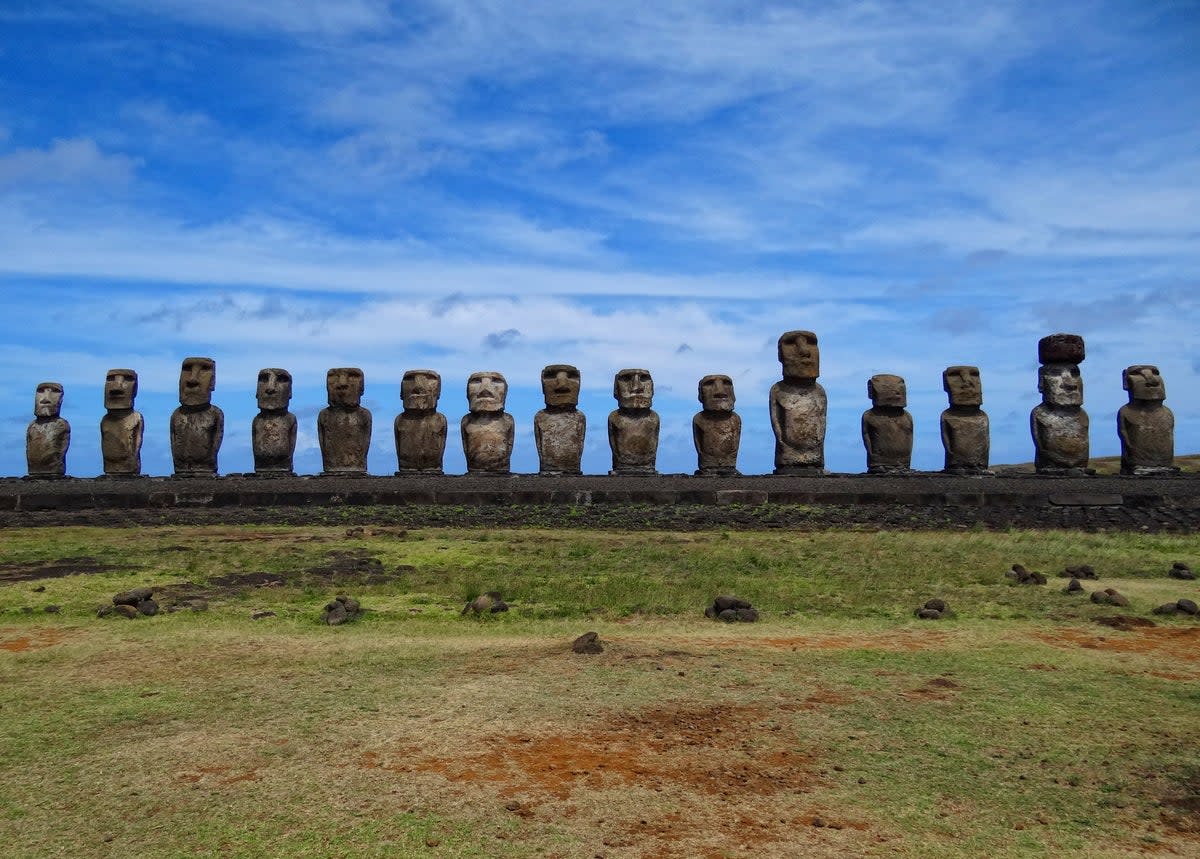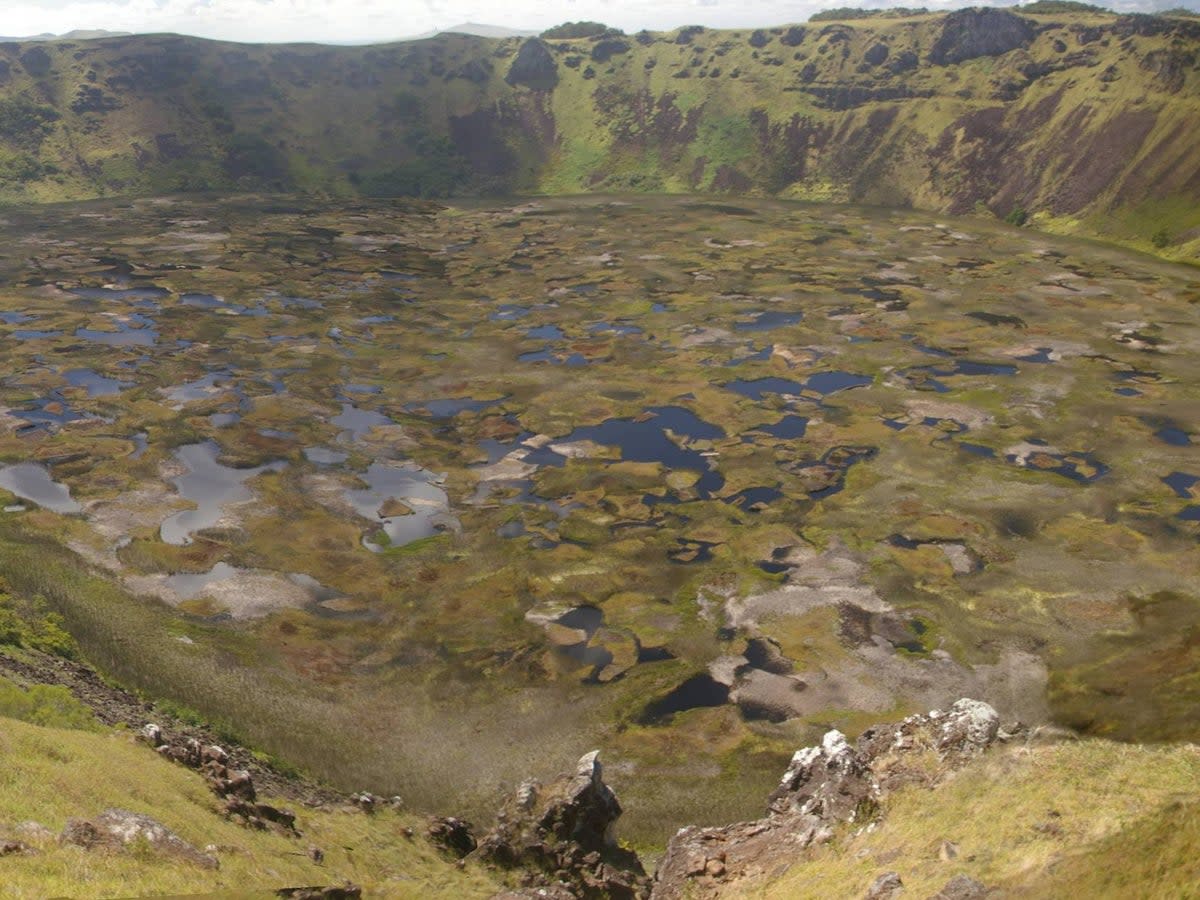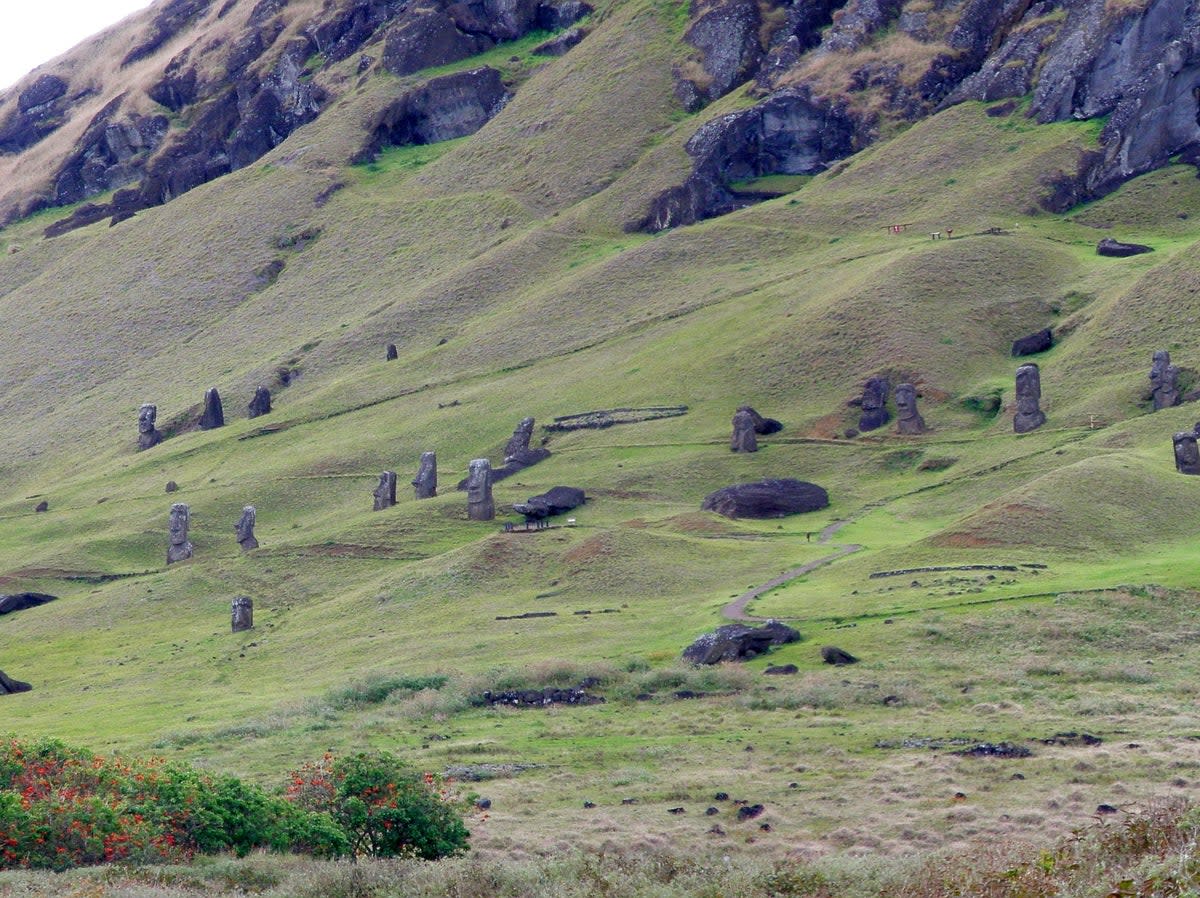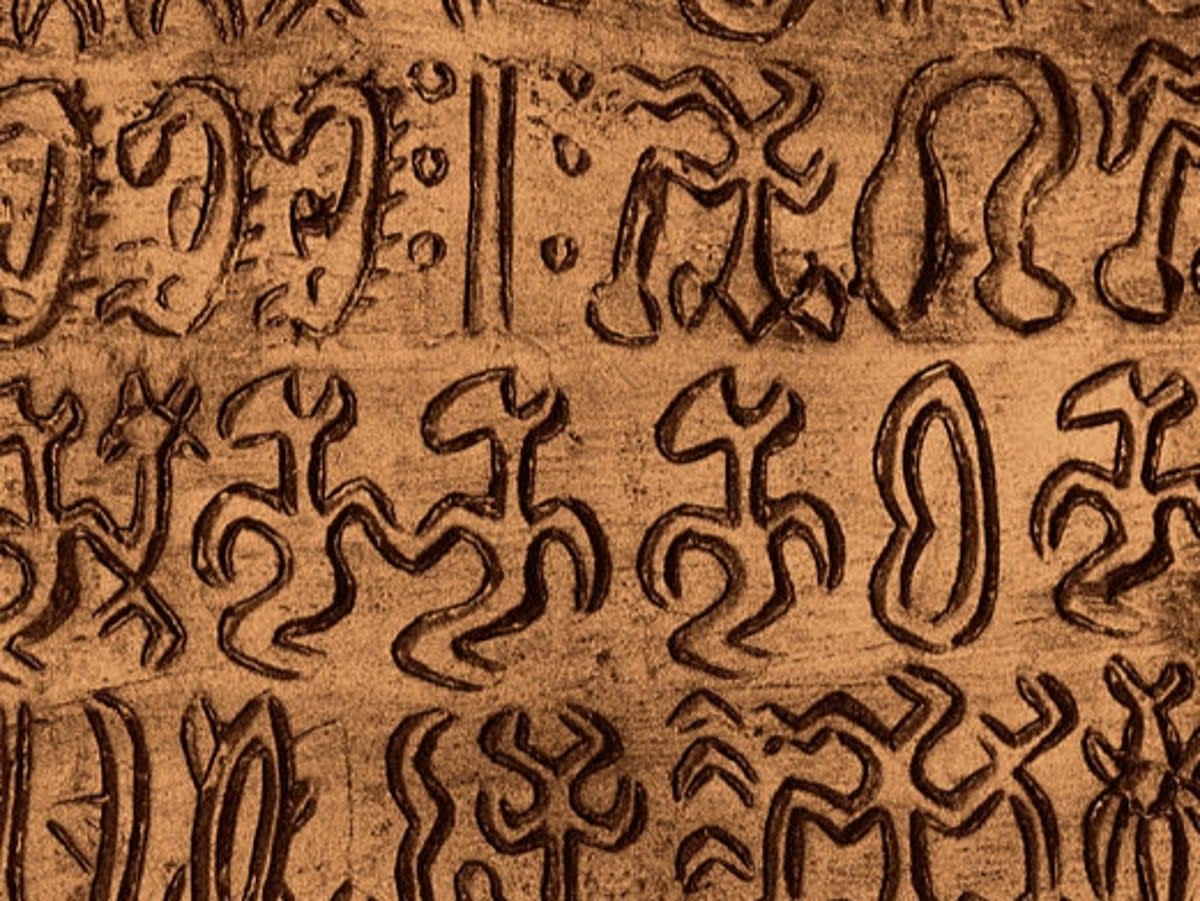Popular theory claiming Easter Island’s population collapsed due to ‘ecocide’ is disproved

New archaeological research has disproved one of the world’s most famous historical narratives - the environmental cautionary tale that claimed that the ancient civilisation of Easter Island in the Pacific Ocean collapsed because the islanders destroyed its ecosystem.
The research instead reveals how that civilisation thrived through tenacity and innovation until it was ultimately destroyed not by Indigenous Polynesian environmental catastrophe, but by European aggression, disease and exploitation.
The archaeological investigation shows that the island’s population remained stable at around 3,000 until the arrival of often violent and disease-carrying European and European-originating whale-hunters, slavers and colonisers in the mid-19th century.

The population’s ability to survive at a stable level up until that time appears to have been due to advanced horticultural techniques that the islanders used to maximise food production.
The new research, conducted by scholars from three American universities and an indigenous Easter Island scholar, shows that the early islanders identified areas of the island as being suitable for intense horticulture and then used sophisticated techniques to increase crop yields.
Their use of those techniques (rock-mulching and rock-gardening) implies a sophisticated knowledge of horticultural agronomy - technologies they almost certainly brought with them to the island, along with relevant plant food species, when they first arrived there in around 1200 AD.
Rock-mulching involved an initial realisation that the natural soils available do not have the required nutrients and then another realisation the missing nutrients could be added to the soils by grinding up rocks and mixing the resultant rock dust with the soil.

Rock gardening helped regulate ground surface temperature, wind speed and humidity. By strewing small rocks and stones around their gardens, and by planting crops in the small spaces between them, they gave plants greater protection from wind and wind-borne sea salt and also helped maintain more constant temperature and humidity levels. The Easter Island civilisation was a Polynesian one, like the cultures of hundreds of other islands scattered across the Pacific.
Most of those islands are very remote and are often hundreds of miles apart - but what makes Easter Island unique is that it is arguably the most remote and isolated place ever settled by humans in ancient and medieval times.
It is 2,200 miles from the nearest large land mass, South America, and 1,150 miles from the nearest other land. Linguistic, genetic and other evidence suggests that the Polynesians who colonised Easter Island in around 1200 AD came from the Gambier Islands, around 1,700 miles away.

The Polynesians were among the world’s first great mariners. Using 20-metre-long catamarans, they used the stars, the sun, the wind, wave and swell direction - and knowledge of seabirds and tiny bioluminescent marine microorganisms - to enable them to navigate with very substantial accuracy.
The Polynesian explorers who discovered and settled on Easter Island almost certainly had no prior knowledge that the place existed. Like many other ancient Polynesian explorer-colonists, they would have set out into the unknown with no way of knowing whether they would ever find land.
With Easter Island being 1,700 miles from the Gambier islands, they would have been nearing or exceeding the limits of their return-permitting range. Indeed some long-range Polynesian explorer-coloniser expeditions must have occasionally ended in lethal failure – when they failed to find new lands and starved to death on the high seas.
Although the small islands scattered across the Polynesian Pacific account for only around 0.2% of that part of the Pacific Ocean’s total area, Polynesian mariners were more skilled in finding tiny specks of unknown land than any other people on Earth.

Using their knowledge of wave and swell phenomena, tell-tale land-originating bioluminescent micro-organisms and seabird behaviour, they were able to increase their chances of finding previously unknown islands. And using giant twin-hulled canoe catamarans, they were able to take adequate amounts of food and fresh water.
They also brought with them the Polynesian tradition of ancestor worship and the linked phenomenon of carving statues (representing those ancestors).
The globally famous giant stone statues of Easter Island are the world’s best-known Polynesian monumental works of art. Although only around 600 completed Easter Island statues survive intact or in fragmentary state today, it’s likely that several thousand were made over the centuries - from five-tonne ‘small’ statues to giant nine-metre, 86-tonne ones.
It’s likely that the first Easter Islanders arrived as a group of around a hundred people on around six ocean-going canoe catamarans. By around 1300, the naturally expanding population reached the island’s carrying capacity - around 3,000 people.

The island’s palm-trees were not suitable for making large ocean-going boats, so the inhabitants became completely isolated. Over the next 500 years, they chopped down most of the palms - and turned the best 1% of the land into mulch-enhanced food gardens and used up to a further 10% of land to cultivate yams, bananas and sugar cane.
All the crop species had been imported, probably on that first 1200 AD voyage. They had also imported chickens and a type of rat; species which provided protein over subsequent centuries.
It had taken huge bravery, skill and determination to discover and settle Easter Island - and centuries of hard work and dedication to maintain a stable successful society.
But that society and most of its members were not able to survive the arrival of disease-carrying violent Europeans in the mid-19th century; many died of European diseases and others were kidnapped and enslaved.
European (including British) businessmen took control of the land, turning it into a vast ranch, populated by 50,000 sheep. Ultimately, it was those sheep which destroyed Easter Island’s surviving environment - and it was disease and brutal slavery which killed most of its inhabitants.
By the 1860s 95% of Easter Island’s Polynesian population were dead or had been forced to leave. But, over the past 130 years, the indigenous population has recovered and now makes up 45% of the 7,800 inhabitants of the island, also known as Rapa Nui – and part of Chile since 1888.
The ground-breaking study, disproving the Indigenous ecocide theory, published yesterday by Science Advances, was co-authored by American archaeologists Dylan Davis (Columbia University), Robert DiNapoli (Binghamton University) and Terry Hunt (University of Arizona) - and by Gina Pakarati, an Indigenous independent researcher living on Easter Island.




